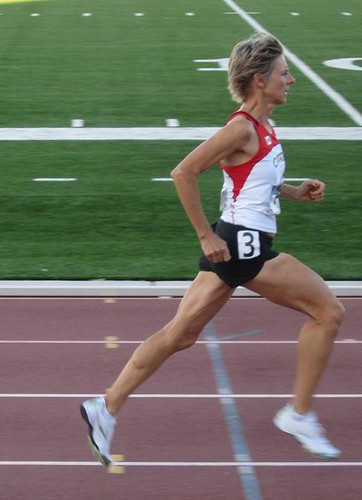 Today, I am presenting the first in a series of RunSmart videos. The series will be on-going and a new video will be released on a monthly basis. These videos will complement the material presented in the book “RunSmart: A Comprehensive Approach To Injury-Free Running”. The full series of videos can be found here.
Today, I am presenting the first in a series of RunSmart videos. The series will be on-going and a new video will be released on a monthly basis. These videos will complement the material presented in the book “RunSmart: A Comprehensive Approach To Injury-Free Running”. The full series of videos can be found here.
For those of you that are interested in a more interactive learning environment, consider attending a four hour RunSmart Level One program. You can further your education with the Level Two and Level Three programs which will focus on the application of RunSmart principles to both coaching and training program development and running injury recovery.
A transcription of the video will also be available with each post.
I hope you enjoy the video series. If you would like me to address any specific aspect of the RunSmart approach, drop me an email or add a comment to this article.
Transcription of RunSmart Video 1 – Introduction:
Hello. I am Allan Besselink, the author of “RunSmart: A Comprehensive Approach To Injury-Free Running”. This is the first video in a series that will specifically address concepts discussed in the book and practical applications so that you can not only optimize your running performance but remain injury-free in the process.
The world of running is one of the few sports that I know of in which a 60 to 90% injury rate is the accepted norm. The frustrating part is that many of these injuries could be prevented. Most injuries can be directly related to poorly developed training programs. Many group training programs and training approaches that constitute “the accepted norm” continue to emphasize aspects of run training that increase the risk of injury - regardless of the sports medicine and sports science evidence to the contrary.
Most traditional training programs focus on increasing mileage – which tends to correlate nicely with one thing, and it is not optimal performance. An increasing volume of training correlates well with the incidence of running injury. If simply increasing the total weekly mileage was the magical formula for runners, then this country should own the Olympic marathon. We all know this to not be the case. Sadly, most training programs ignore the science and simply function around performance anecdotes. How many runners need to be injured before coaches accept responsibility and CHANGE their training programs to address the source of the vast majority of these problems?
From the first origins back in the early 1990’s, RunSmart has continued to evolve in it’s approach to injury-free running. The primary aspect that sets it apart from other “running programs” is that it is sport-sciences-based. The mechanisms that are underlying optimal human performance are the same as those that will prevent injury. Be it an 800 meter run or 100 miles, the mechanisms and principles that are underlying the training remain the same.
In order to develop a truly effective performance and prevention program that ensures success, we must implement consistent sports science principles. In order to prevent running injuries effectively and optimally, training issues must be addressed. Injuries do not have to be a part of a runner’s reality, Steady improvement in running performance should be a part of a runner’s reality.
In the next few videos, I will review some key elements in running mechanics.
Thanks for watching, and RunSmart!
Photo credits: abesselink

 "Running Injuries: Etiology And Recovery- Based Treatment" (co-author Bridget Clark, PT) appears in the third edition and fourth editions of "Clinical Orthopaedic Rehabilitation: A Team Approach" by Charles Giangarra, MD and Robert C. Manske, PT.
"Running Injuries: Etiology And Recovery- Based Treatment" (co-author Bridget Clark, PT) appears in the third edition and fourth editions of "Clinical Orthopaedic Rehabilitation: A Team Approach" by Charles Giangarra, MD and Robert C. Manske, PT.
 Allan Besselink, PT, DPT, Ph.D., Dip.MDT has a unique voice in the world of sports, education, and health care. Read more about Allan here.
Allan Besselink, PT, DPT, Ph.D., Dip.MDT has a unique voice in the world of sports, education, and health care. Read more about Allan here.
 Top 5 finalist in three categories: "Best Overall Blog", "Best PT Blog" and "Best Advocacy Blog".
Top 5 finalist in three categories: "Best Overall Blog", "Best PT Blog" and "Best Advocacy Blog".